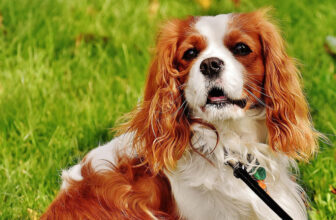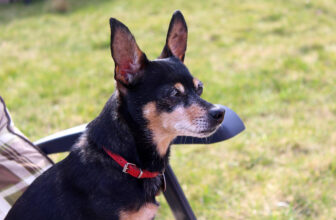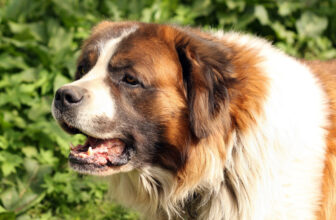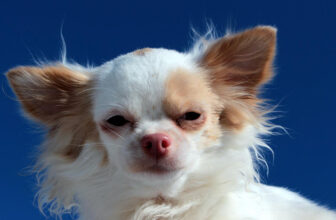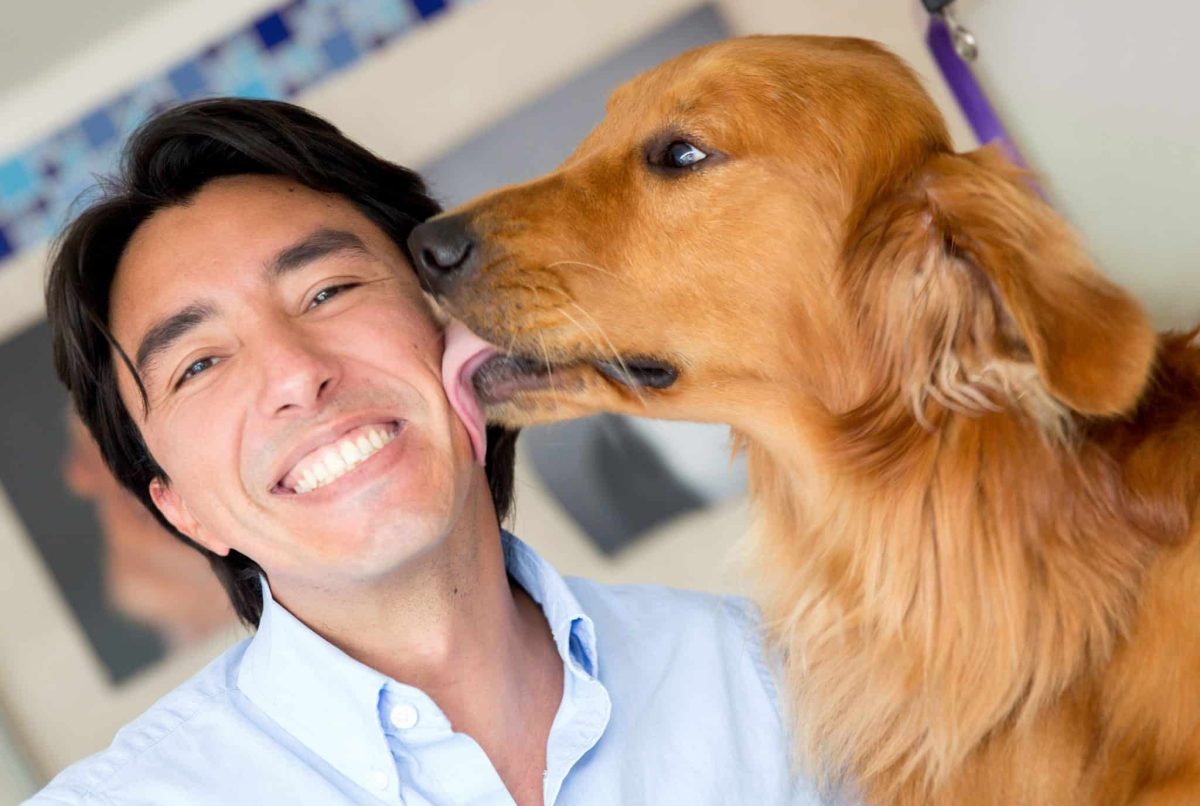
Check out our latest products
Shutterstock
Dogs licking isn’t always about kisses it’s how they explore, express, and even cope with stress. From tasting salty hands to licking furniture or the air, their tongues reveal curiosity, comfort-seeking, or even medical needs. It’s a built-in behavior that can carry affection, anxiety, or the need to investigate their surroundings. When we pay attention to what and when they lick, we unlock new understanding into their emotional and physical world. It’s one more way to love them better every day.
Tasting the World
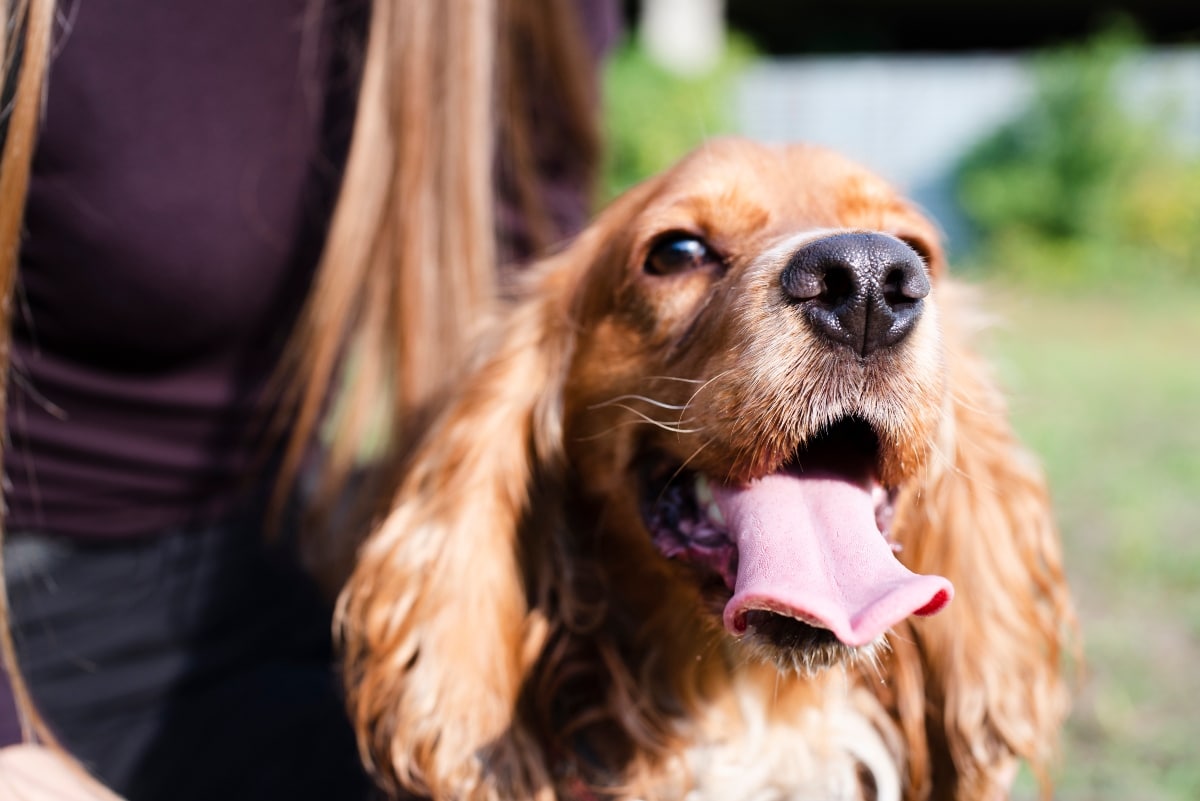
Shutterstock
Licking is a natural way for dogs to explore and learn about their surroundings. Their tongues pick up flavor compounds, textures, and temperatures that their noses can’t detect. When they lick your skin or objects, they’re gathering information where you’ve been, what you touched, even your mood. This sensory exploration builds their understanding of the environment. It’s as if they’re reading the world through their tongue.
Showing Affection

Shutterstock
Licking in social contexts often signifies affection and bonding. In puppyhood, dogs lick their mothers and littermates as a sign of trust and care. Adult dogs carry that behavior forward to their humans, using gentle licking as a way to connect and show love. Don’t underestimate those quick kisses; they often mean “You’re important to me.” It’s a tender, instinctual gesture of closeness.
Seeking Attention

Shutterstock
Persistent licking can be your dog’s way of saying “Notice me!” It may start with a single lick and evolve into a full-body nudge until you respond. They’ve learned that licking often triggers petting, talking, or playtime. That chain reaction reinforces the behavior we respond, they get attention. If they lack other stimulation, licking becomes a simple way to demand your focus.
Self-Soothing

Shutterstock
Dogs may lick as a comfort mechanism during stress or anxiety. Licking releases endorphins that calm them, similar to how humans might chew gum or tap fingers. You might notice licking when they’re nervous during thunderstorms, fireworks, or vet visits. Unnatural chewing spots like paws or blankets can be signs of emotional distress. Understanding these cues helps you offer reassurance rather than reprimand.
Grooming Instinct
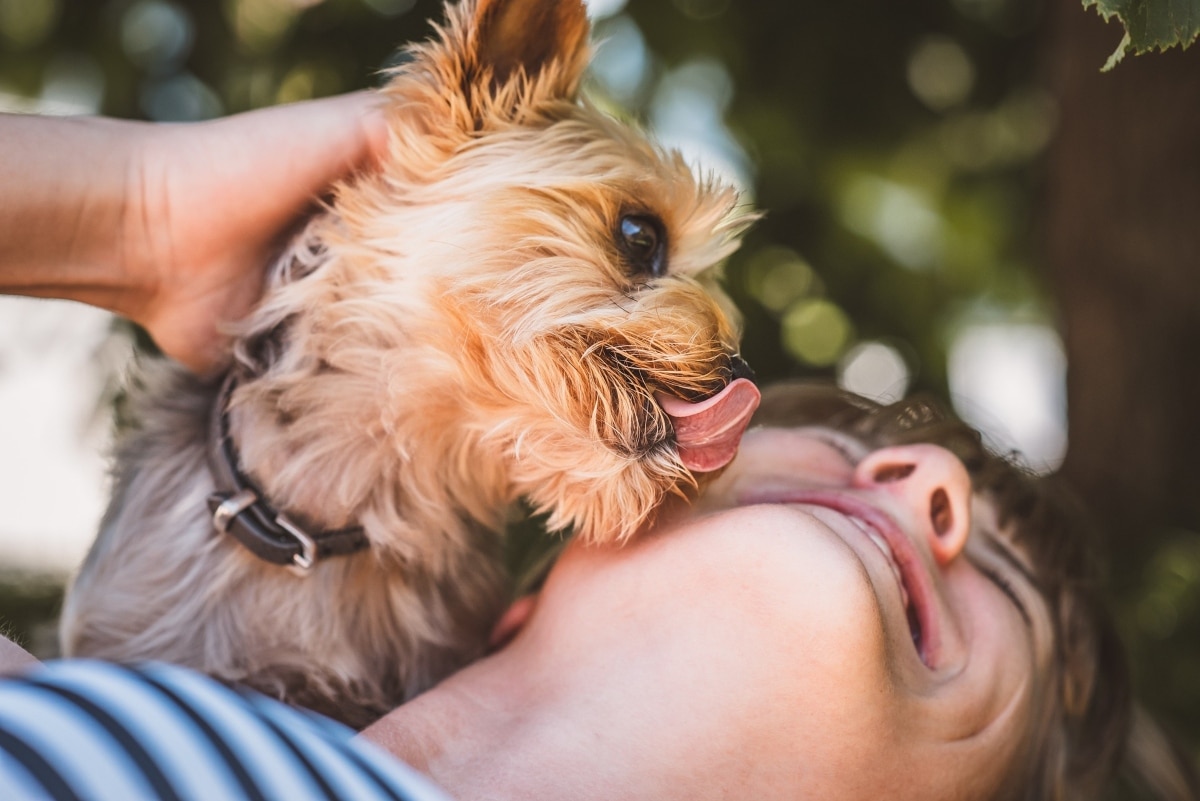
Shutterstock
Grooming isn’t just for cats, dogs practice it too. Licking fur is how they clean themselves and maintain coat hygiene. When they lick you, they may be following that instinct to clean what they love and live with. While it may not make you sparkle, it does show they see you as part of their pack. It’s a loving gesture rooted in pack cleanliness.
Body-Odor Detection
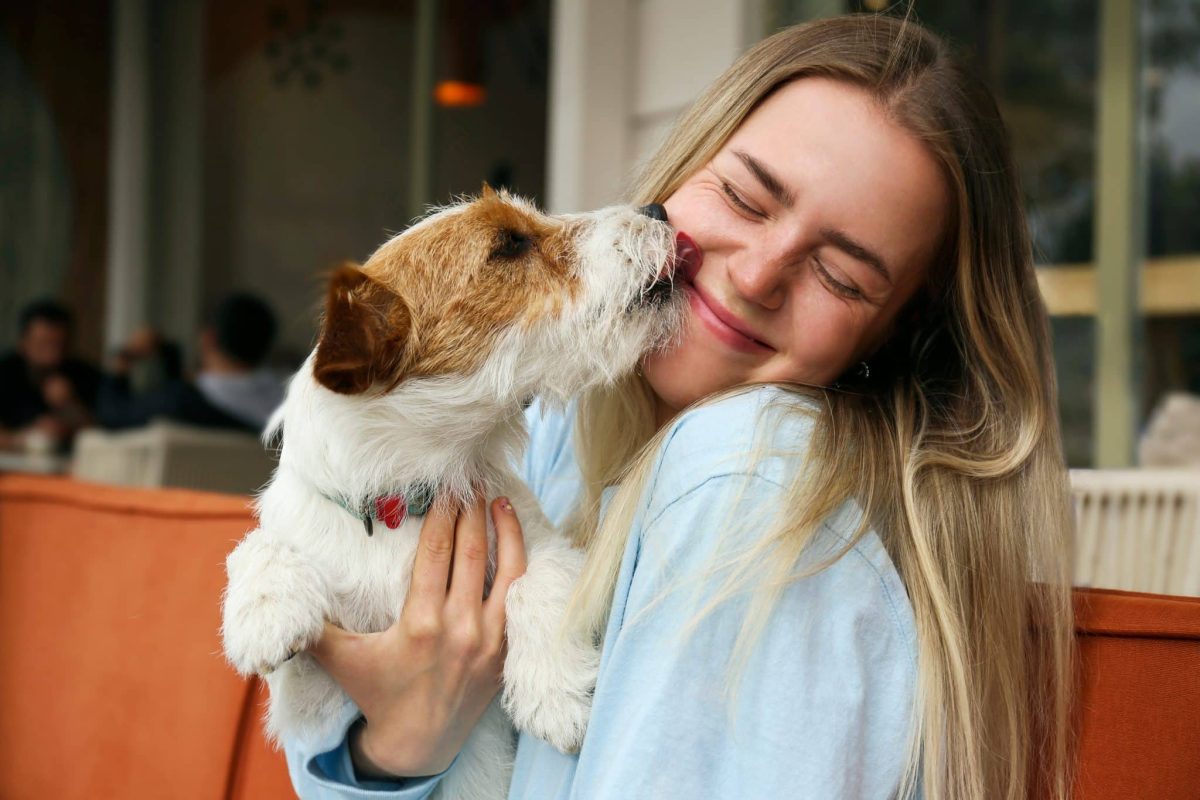
Shutterstock
Dogs are so in tune with smells that they’ll lick to investigate bacterial or skin changes. They sense shifts linked to illness or infection, using their tongue to sample SPF residue, lotions, and even sweat. That focused licking could be curiosity, or an alert signal that they’re sensing something unusual about your body. It’s their inimitable way of checking in on your wellness.
Taste of Salt and Sweat

Shutterstock
Humans sweat salt, and dogs find that flavor irresistible. After a workout or sauna, your salty skin draws their tongue. That lick isn’t a weird craving it’s just flavor exploration. It might feel odd, but to them it’s a tasty snack. Personal hygiene aside, sweat tasting is often harmless and simple curiosity.
Exploring Textured Surfaces

Shutterstock
When dogs lick floors, walls, or toys, texture often drives the behavior. Rough, smooth, dry, or sticky surfaces may trigger exploration or relief from an itchy tongue. That licking isn’t always about taste it could be about sensory stimulation or calming action. Monitoring surface licking helps you spot hidden irritants or boredom triggers.
Nausea or Digestive Upset
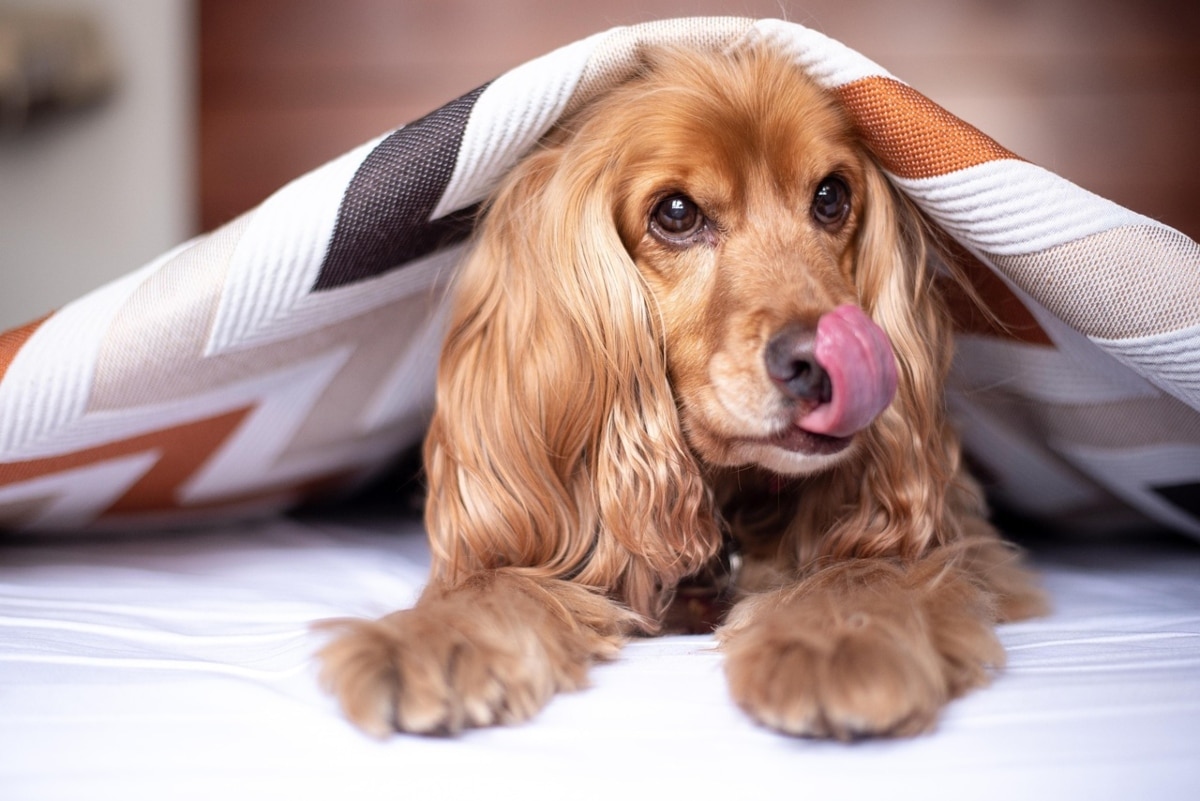
Shutterstock
Excessive licking, especially before vomiting, can indicate nausea. Dogs will swallow saliva to calm their stomach or signal they’re feeling queasy. Licking lips or surfaces can also hint at acid reflux or dental pain. If you notice unusual licking followed by gagging or vomiting, a vet check is wise to rule out digestive or oral health issues.
Habit or Obsessive Behavior

Shutterstock
Licking can become a compulsive habit over time, especially if self-soothing meets low stimulation. What starts as comfort can spiral into repetitive behavior that damages skin or causes fur loss. Compulsive licking often emerges during boredom or stress and worsens if ignored. Encouraging walks, puzzles, or training can reroute that energy.
Pleasing You
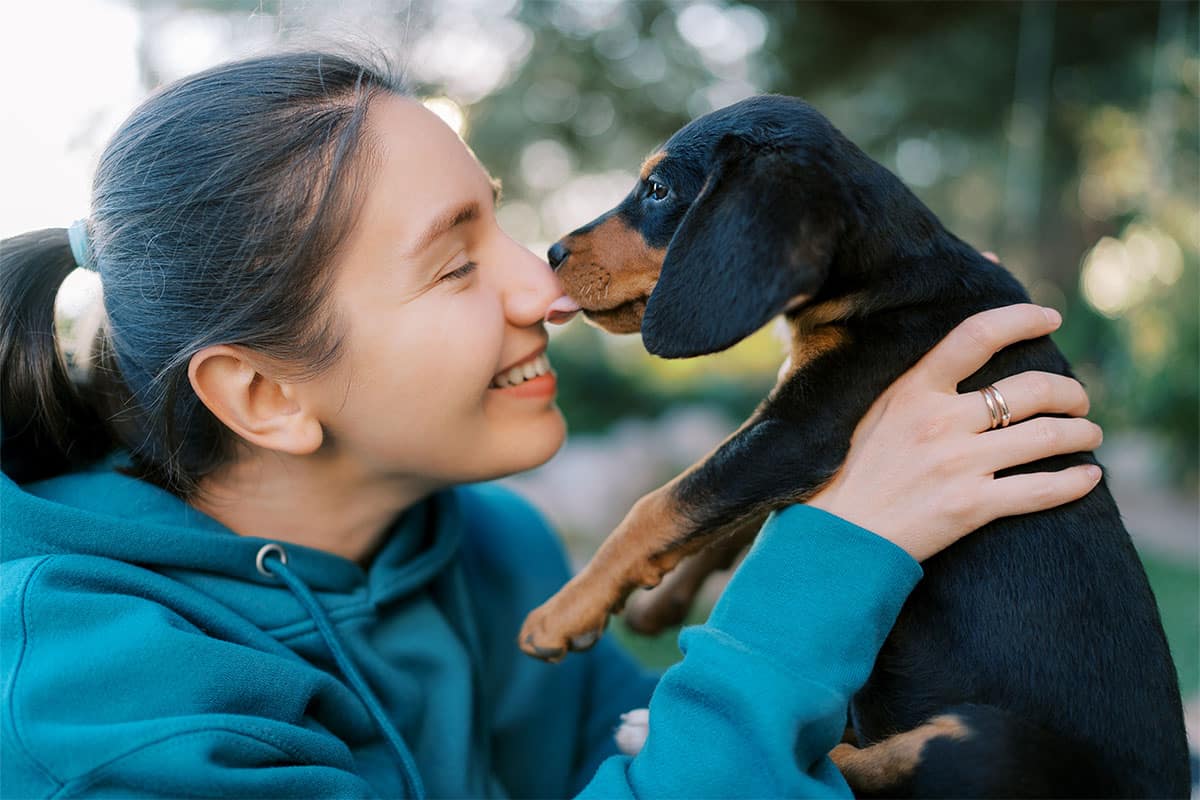
Shutterstock
Dogs are master people-pleasers; they quickly learn behaviors that earn praise or attention. If you respond positively to licking, laughing, petting, and cooing, they’ll keep doing it to make you smile. It becomes behavior reinforcement: lick, you react, they repeat. Modifying or rewarding alternative behavior helps them learn other ways to please.
The Lick Whisperer Club

Shutterstock
Licking isn’t just about affection, it’s a meaningful part of how dogs experience and respond to their world. Whether they’re showing love, easing stress, or exploring something curious, each lick carries purpose. When you pay close attention to when, how, and why your pup licks, you begin to understand what they’re really trying to say. This small gesture becomes a big window into their emotions, health, and instincts. With awareness and warmth, you’ll deepen your bond and meet their needs with even more care.







![[5G & 2.4G] 2K Indoor Security Camera for Home Security, AI Voice Change for 2-Way Talk, Motion Detection, Night Vision, 24/7 SD Recording/Cloud Storage, WiFi Home Camera, Pet Cam with Phone App](https://i3.wp.com/m.media-amazon.com/images/I/61I2U+sTT3L._AC_SL1500_.jpg?w=300&resize=300,300&ssl=1)



